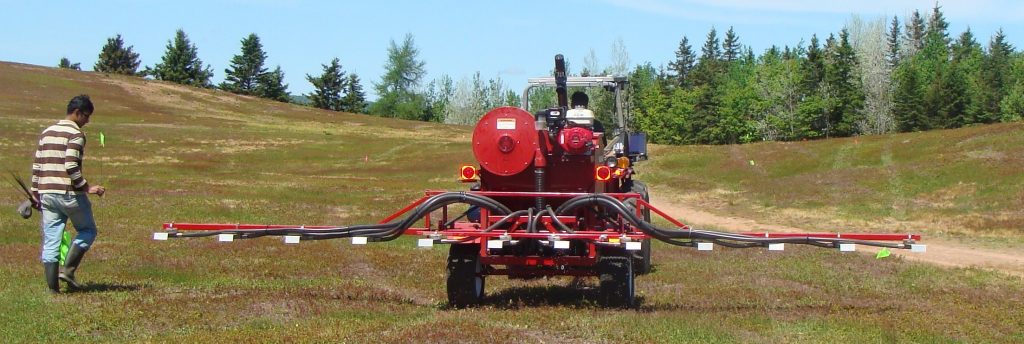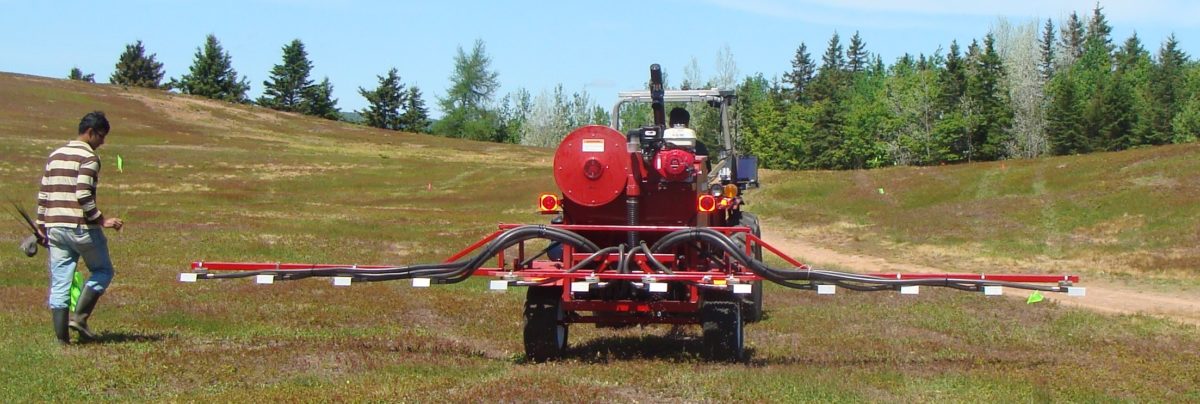
By Clint Thompson
Input costs remain high for vegetable and specialty crop producers. But they are not permanent, stresses Jeff Dorfman, University of Georgia Professor in the Department of Agricultural and Applied Economics and State Fiscal Economist for Georgia.

“I think most of this is temporary. People need to understand, we basically took a worldwide supply chain for every industry in the world and tore them all up 18 months ago and have reinvented the logistics for every industry in every country from scratch again. That’s not easy and has not gone smoothly,” Dorfman said. “We’re all aware of how globalized the world is now. Even when COVID’s doing well here, it’s probably doing badly somewhere else. If it’s doing badly here, it’s doing better somewhere else. All of this is shifting the worldwide supply chains around on a daily, weekly, monthly basis. As we get this sorted out and settled back into normal, I expect most of these prices to return to more like a historical average.”
Current High Costs
As for now, however, prices remain extremely high for Southeast producers. These include freight expenses, pallets, boxes and especially fertilizer.
“Truck freight is up 20% from 2019 before the pandemic. Truck freight was actually pretty high historically in 2019. We’re up 20% from what was a high,” Dorfman said. “China (last week) announced they’re going to block all exports of phosphate and there’s rumors they may block exports of urea as well. That’s going to raise fertilizer prices. Boxes to put your veggies in are up. Pallets, to put those boxes on are up.”
But Dorfman expects the spike in freight and supplies to be temporary. What he is concerned with, however, is labor costs.
“There’s a lot of competition for labor, and that’s not going to go away. There’s possibilities of minimum wage being increased. It’s hard to see labor costs coming down” Dorfman said.










